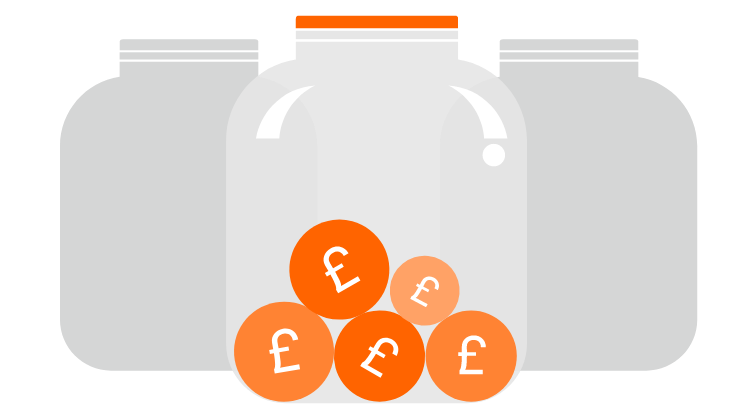Relevant benefit crystallisation events (RBCEs) guide
On 6 April 2024, following the abolition of the lifetime allowance, benefit crystallisation events were replaced with new, ‘relevant benefit crystallisation events’ (RBCEs).

Key takeaways
How tax free allowances are assessed has changed. In the past there were different ways of accessing your pension that were classed as BCEs, which affected your lifetime allowance (LTA). Now a smaller number of ways of accessing your pension count towards the new allowances and these are called RBCEs.
- Benefit crystallisation events no longer apply. From 6 April 2024 they were replaced by relevant benefit crystallisation events or RBCEs
- RBCEs are lump sum payments and lump sum death benefit payments
- RBCEs count towards your individual allowances
- They only apply to the tax-free elements of lump sums (not taxable pension income)
- RBCEs are not the same as the benefit crystallisation events they replaced, despite the similar wording
What is a relevant benefit crystallisation event (RBCE)?
Under pension rules there are times that schemes need to see if a lump sum payment to a pension holder remain within relevant allowances.
These are referred to as relevant benefit crystallisation events and the two allowances that the scheme will need to test lump sums against are the new lump sum allowance (LSA) and the lump sums death benefit allowance (LSDBA).
Only lump sums taken after 5 April 2024 are defined as RBCEs and will include both lump sums that are paid during the pension holder’s lifetime and lump sums that might be payable to other individuals after they have died.
Pension income, in contrast, is not an RBCE and will not be tested against the LSA or LSDBA.
What are the new allowances?
The new allowances limit the amount of any lump sum that can be paid tax free to pension holders.
- The lump sum allowance is £268,275 (25% of the former lifetime allowance of £1,073,100).
- The lump sum and death benefit allowance is £1,073,100 (the former lifetime allowance)
In certain situations pension holders may be entitled to a larger allowance, for example if they have lifetime allowance protection.
Alternatively, both allowances could be lower if the pension holder had already taken benefits from their pension before 6 April 2024.
What lump sums will count towards the LSA?
The following lump sum payments – made during the pension holder’s lifetime – will be tested against the LSA and be regarded as a relevant benefit crystallisation event.
- Pension commencement lump sums (PCLS)
- The tax-free portion of uncrystallised funds pension lump sums (UFPLS)
- The tax-free portion of a standalone lump sum
What lump sums count towards the LSDBA?
The following lump sum payments will count towards the lump sum and death benefits allowance (LSDBA), but only apply to the tax-free element:
- Flexi-access drawdown lump sum death benefits
- Uncrystallised funds lump sum death benefits
- Defined benefit lump sum death benefits
- Pension protection lump sum death benefits
- Annuity protection lump sum death benefits
- Serious ill health lump sum
They will apply either on the death of a pension holder or on the payment or a serious ill health lump sum.
They are also counted in addition to any lump sums that count towards to the LSA.
If a death benefit was paid before the new rules came into force on 6 April 2024, it does not need to be checked against the LSDBA. not need to be checked against the LSDBA.
It’s also important to note that death benefits paid when a pension holder dies after their 75th birthday, are not tax free.
How much tax will be paid on taxable benefits?
Any pension benefits that are not paid tax free, will be added to the individual’s income for the year and taxed accordingly.
Income tax will be charged at the individual’s marginal tax rate, that is, the highest rate of tax that they pay.
This would apply to pension income (for example annuity payments or income from a drawdown plan) as well as any amounts that breach the LSA or LSDBA.
Learn more about pensions
Learn more about different pension allowances or explore more of our SIPP pension guides.